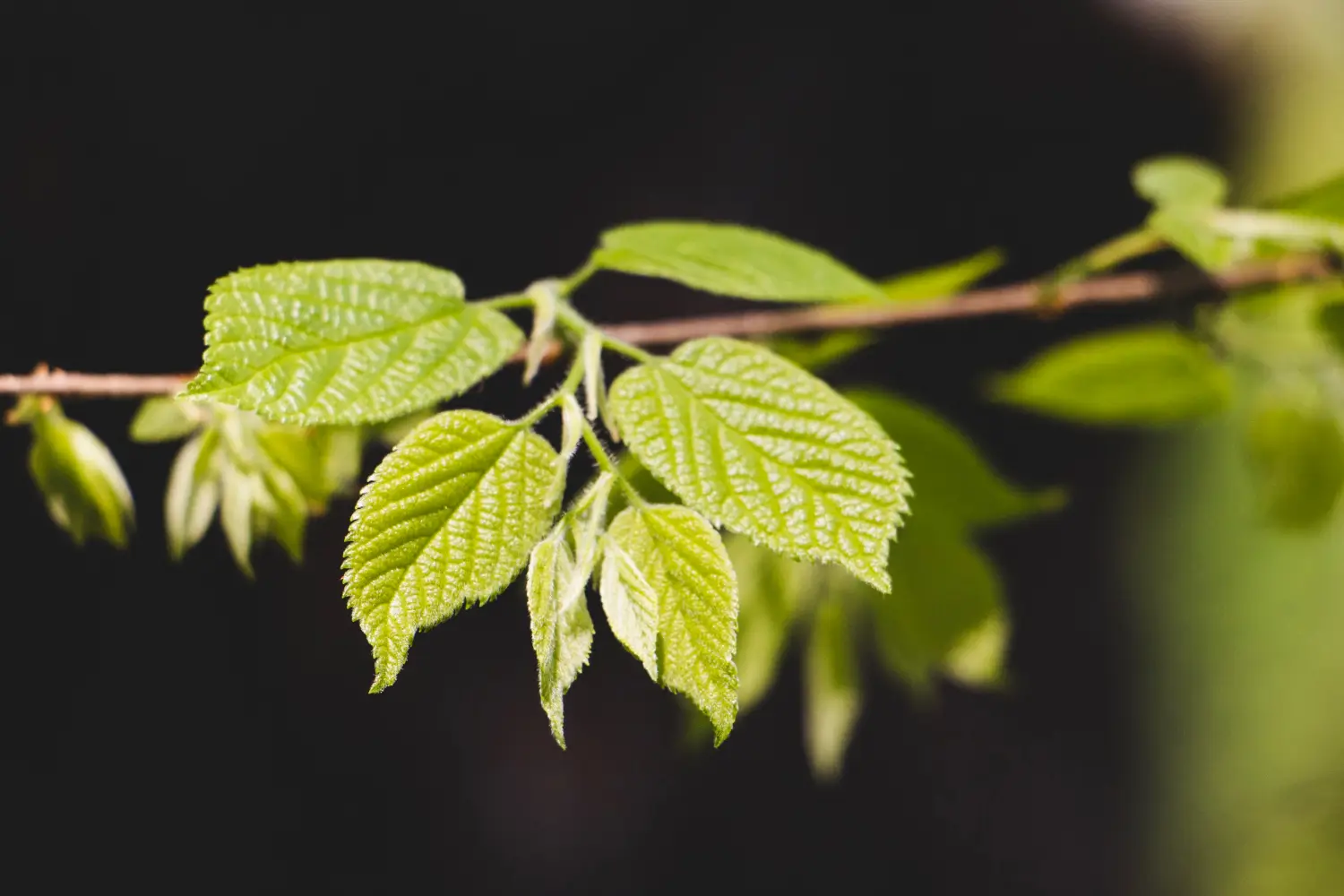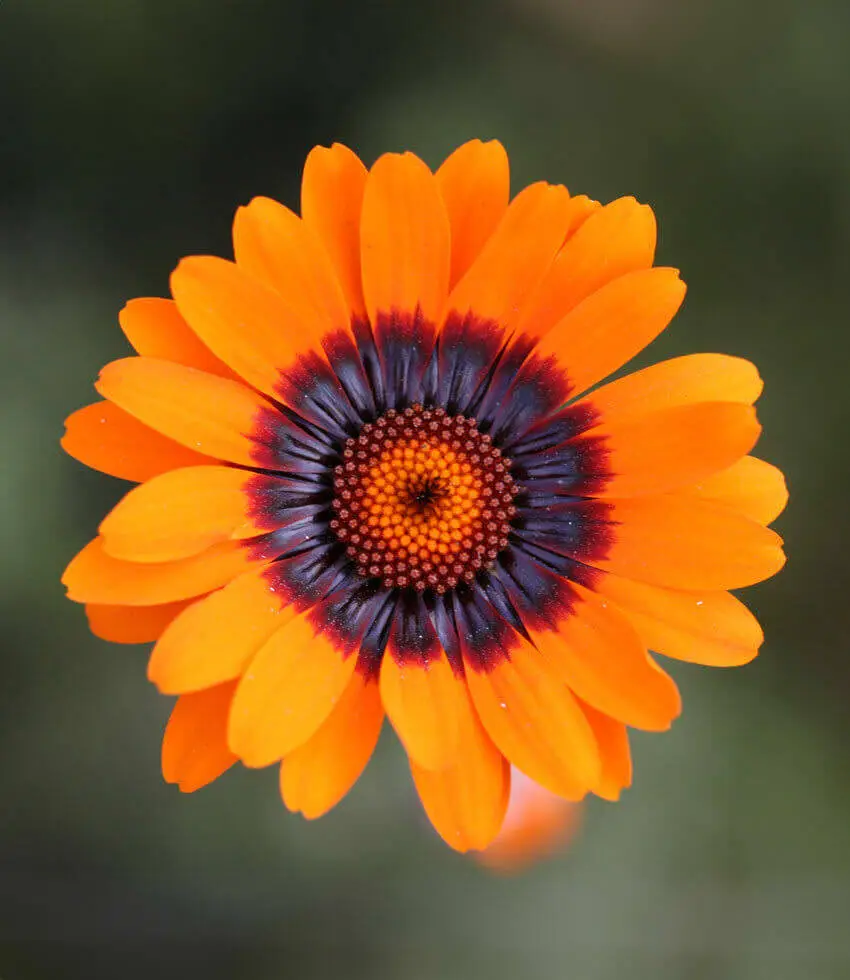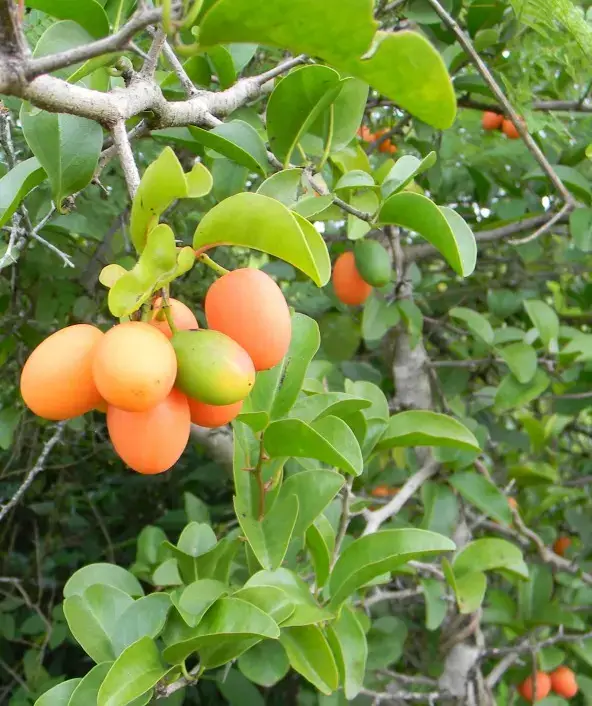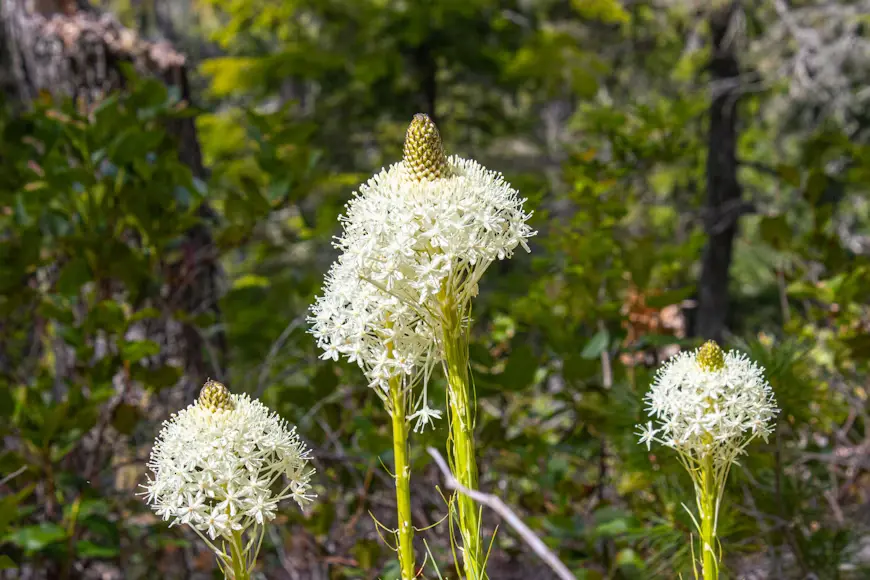
Soil Health & Fertilization
We unite suppliers and green industry professionals worldwide
Chances are, you were gazing at an Elm (Ulmus) — one of the most beautiful, beloved and iconic species of trees in the world.
By Victor Miller
|Published on June 18, 2025


"Have you ever walked down a grand, tree-lined boulevard and wondered what those towering, arching giants overhead were?"
Chances are, you were gazing at an Elm (Ulmus) — one of the most beautiful, beloved and iconic species of trees in the world. Famous for their spreading canopies, graceful vase-like forms, and longevity, elms have graced human landscapes across the centuries, representing strength, endurance, and beauty. Unfortunately, many historic elms were destroyed by Dutch elm disease in the 20th century, but today, disease-resistant varieties are reviving the Elm’s rightful place in gardens, streetscapes, and parks.
Whether you're looking to establish a cool oasis in your garden, a majestic avenue, or simply share your space with a robust, low-maintenance and attractive tree, Ulmus has a timeless charm and up-to-the-minute resistance.
| Botanical Name | Ulmus spp. |
| Common Name | Elm |
| Type | Deciduous tree |
| Size | 30-100 feet in height (depending on species) |
| Sunlight | Full sun or partial shade |
| Soil | Ferlite, moist, well-drained |
| Water Needs | Moderate |
| Hardiness Zones | 4–9 |
| Time to Maturity | 10–20 years |

September 25, 2025
9 minute read
September 24, 2025
9 minute read
September 23, 2025
10 minute read
September 22, 2025
9 minute read


Join as a seller and connect with thousands of B2B buyers nationwide!
Sign Up

Ursinia
Ursinia is a delightful genus of daisy-like flowers that are native to southern Africa. It offers a simple way of bringing brilliant seasonal color to native and cottage-style gardens.

Ximenia
Ximenia is a shrubby, spiny survivor with delicate blooms and tart, aromatic fruit. Also called “wild plum” or “sea lemon,” this deciduous shrub is valued for its edible fruit, ecological value and unexpectedly drought hardiness.

Xerophyllum
Xerophyllum is often known as bear grass. With grassy foliage and tall, candlelike plumes of creamy white flowers, it turns wild meadows into natural wonderlands. Xerophyllum is slow to establish and slower to bloom — but once it does, it gives the garden

Zygopetalum Orchid
The Zygopetalum Orchid (Zygopetalum spp.) is a tropical orchid that features gorgeous, unique flowers with a strong sweet scent. It can withstand more cold than many of their orchid relatives, which makes them one of the more accessible choices for indoor
Ulmus is generally easy to grow, provided you choose a disease-resistant cultivar.. These are low maintenance trees that tolerate urban conditions such as pollution and compacted soils.
Plant your elm in the spring or fall and give it plenty of room to grow. They like consistent moisture during the first couple of years, but become quite tolerant of short drought after becoming established. Mulch around the base helps retain moisture in the soil and keeps the roots cool. Regular pruning ensures they remain healthy and attractive, especially the younger ones.
Full sun is best for elms but partial shade will be tolerated. It would be best to achieve 6-8 hours of direct sunlight per day to ensure that your trees grow strong and symmetrical, displaying bright and vibrant foliage. Elms can live in shadier conditions, but might grow leggy or misshapen over time. A sunny, open site brings out their classic, vase-like architecture.
A rich, moist, well-drained soil is the best soil for Ulmus. Elms can grow in clay, loam, sandy soils,but they do best in soils rich in organic matter with a neutral to slightly alkaline pH (6.5–7.5). Heavy, clay soils need to be modified for improved drainage and reduced problems with root rot. Regular mulching and light compost top-dressing keep the soil healthy over time.
Even young elms require watering to become well established, particularly during their first two or three years. The soil should be kept evenly moist, but never water-logged. Established plants are fairly drought tolerant but benefit from occasional deep watering during dry periods. Avoid shallow, frequent watering—it encourages weak surface roots rather than deep, sturdy ones.
Trimming Ulmus promotes its health, safety and beauty. Here’s the best approach:
Bonus: Regular, thoughtful pruning puts the iconic vase-shaped canopy over the years.
Elms are propagated by seeds and also by cuttings. Here’s how:
Conditions: Cuttings should be kept moist and warm; rooting hormone will increase the chances of success.
Though unusual for large species, young Ulmus trees or dwarf varieties can be grown in containers:
Repotting: Root-prune lightly every 2–3 years and refresh your potting mix.
Elms are naturally tough and don’t require much protection in general. It is helpful to put mulch around the base to insulate the roots during really cold winters. For pots, move container-grown specimens to a mild, frost-free place or protect them with insulation to avoid the roots freezing. Also, avoid excessive watering during dormancy to avoid root rot.
Elms flower in spring, and the flowers are small and inconspicuous, greenish-red flowers well before the leaves appear. These wind-pollinated flowers quickly give way to flat, papery seeds called samaras, which ripen and disperse by early summer. The flowers are not showy, but they mark the start of the growing season for this magnificent tree.
Although most new varieties are disease-resistant, you’ll want to keep an eye out for:
Leaf scorch → Generally a result of drought stress; deep watering keeps it at bay.
Elm is a living demonstration of resilience, beauty and history. Whether you’re planting a single, majestic tree for shade, re-creating an old avenue, or selecting from among the disease-resistant varieties now available for the home landscape, the Elm rewards patience and care with decades of grace and grandeur. With a little care in the early years and some thoughtfully considered maintenance over time, you’ll be introducing a true classic into your landscape — one that will stand tall for generations to come.
Yes! Look for hybrids like ‘Princeton,’ ‘Valley Forge,’ or ‘Accolade’ which are bred for Dutch Elm Disease resistance
Moderately fast — usually 1.5 to 2.5 feet per year under favorable conditions.
Be cautious. Elms have strong, far-reaching roots. Give them at least 30–40 feet of space from hardscapes.
Absolutely! Birds adore building nests in their wide canopies, and small mammals frequently consume their seeds.

Soil Health & Fertilization
Victor Miller

Pest Identification & Prevention
Victor Miller

Lawn Care Tips & Maintenance
Victor Miller

Soil Health & Fertilization
Victor Miller

Smart Irrigation Systems
Victor Miller

Patios, Walkways & Driveways
Victor Miller

Soil Health & Fertilization
Victor Miller

Pest Identification & Prevention
Victor Miller
My Account
Our team is always here to help.
We are open Monday - Friday, 9:00 AM to 4:30 PM PST.